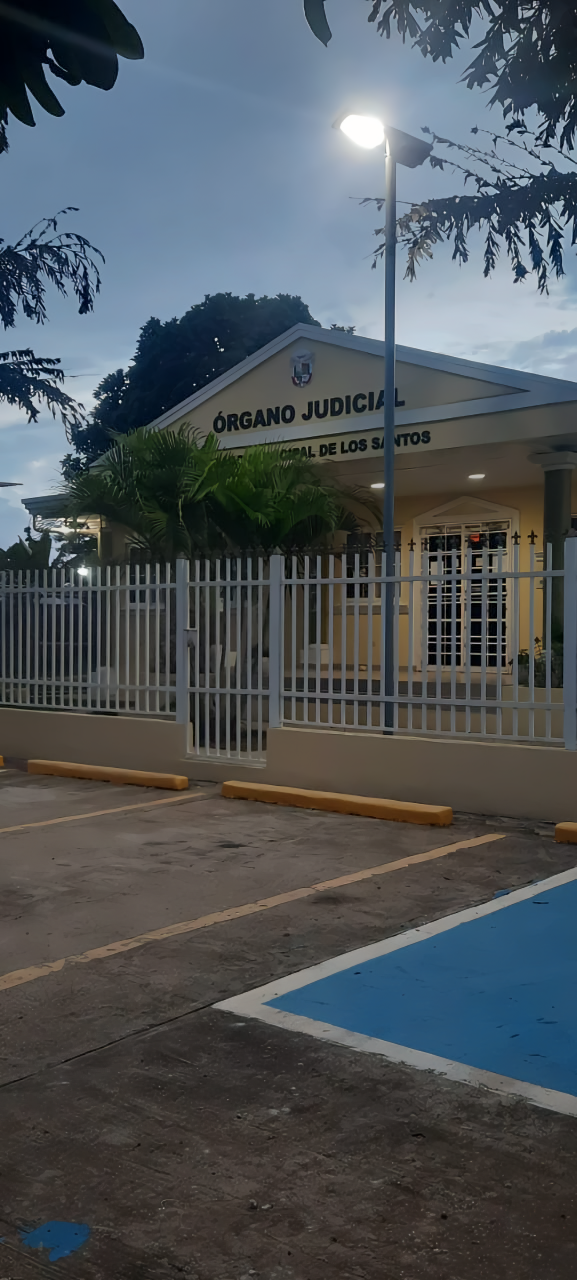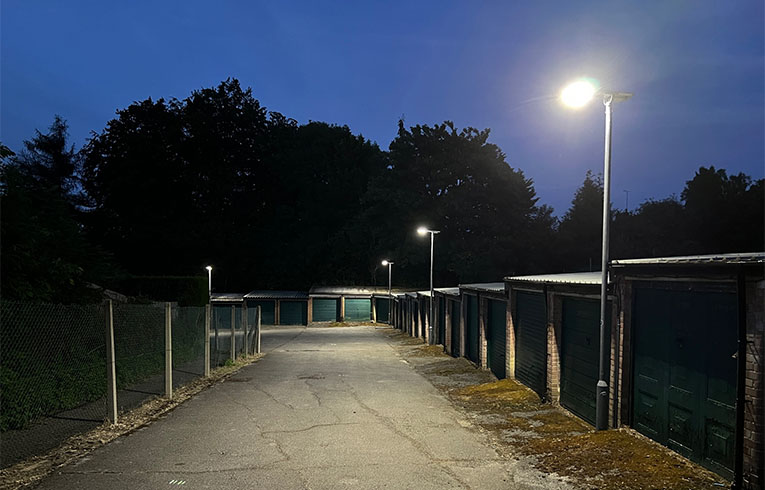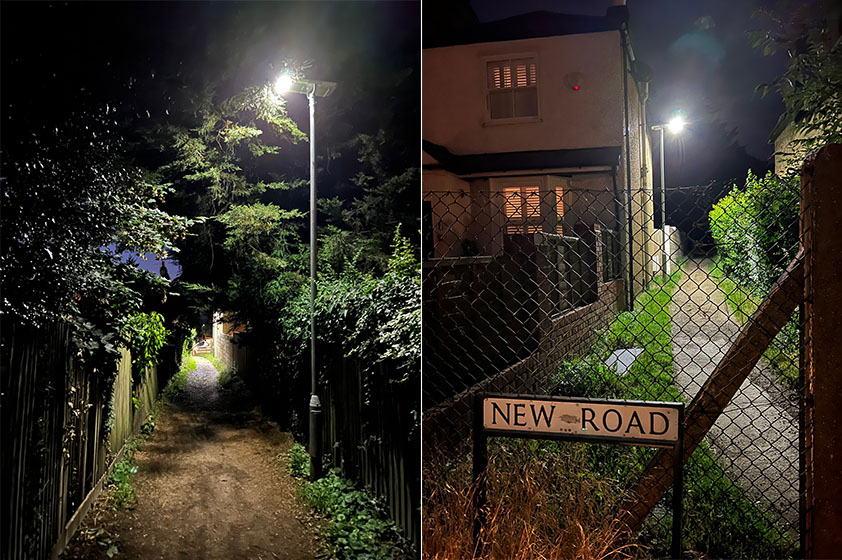There are indeed good reasons for the rise of solar lighting, which offers municipalities a powerful way to save money, reduce their carbon footprint and improve the quality of life for residents. However, determining which solar lighting solution is best for your community can be a challenging task given the many options offered on the market. Here are some basic factors to consider before making a decision.
Assessing the needs of your community
Determine if there are security issues in your community, such as areas with high crime rates. If so, you may want to consider deploying solar lighting systems in these areas to improve safety at night. Find out if community members need more walkability, such as in areas like pavements, bike paths, or parks. Solar lighting systems can provide additional lighting to enhance the usability of these areas.
Understand if community members need more walkability, such as on pavements, bike paths, or in parks. Solar lighting systems can provide additional lighting that enhances the usability of these areas – insights that will be valuable in determining the right solar lighting solution for your community.

Assessment of available solar energy resources
Understand the solar potential of your chosen location. This includes the hours of daylight, the angle at which the sun shines, and the height of the sun during different seasons. These factors will affect the efficiency of the solar panels and the ability to harvest energy. Consider how solar panels are shaded by surrounding buildings, trees or other objects.
Shadows may reduce the efficiency of the panels, so a mounting location that avoids or mitigates the effects of shadows needs to be selected. Select solar panels of the appropriate size and efficiency based on an assessment of the solar resource. Efficient panels make better use of available solar resources. Working with a reliable solar lighting expert to develop an energy analysis will ensure success now and in the future.

Consider installation and maintenance costs
The first thing to consider is the initial installation cost of the solar lighting system, which includes the solar panels, lamps, brackets, batteries, control system and installation costs. This is a significant investment and usually comes with some financial requirements. Unlike traditional electricity supplies, solar lighting systems do not require recurring utility costs because they get their energy from the sun.
This can result in significant savings, especially when operating over a long period of time. Solar lighting systems typically have lower maintenance costs because they require less upkeep. However, ensuring that solar panels are cleaned regularly and checking the performance of the batteries is part of the maintenance.
Prioritise quality and reliability
High-quality solar lighting systems typically have a longer lifespan and better durability. They are able to withstand harsh weather conditions and daily use, reducing the frequency of repairs and replacements. Understand the warranty policy offered by the manufacturer.
A longer warranty usually indicates that the manufacturer is confident in the quality and reliability of their product and provides additional protection for the community. While high-quality systems may have a higher initial cost, they typically have a lower overall cost over the long term. Cheaper solutions may result in higher costs for repairs and replacements, offsetting the upfront savings.

Investigate Available Government Incentives
Governments often offer tax incentives, such as solar tax credits or tax abatement programments, to help offset the initial investment costs of solar lighting systems. When investigating available government incentives, it is important to understand the application process, eligibility requirements and deadlines. Reach out to your local government, energy department or solar energy association for detailed information and support.
Don’t forget to turn to industry leaders like SRESKY for reliable, sustainable lighting systems that meet a wide range of needs. Our municipal streetlights are durable, energy efficient, and safe, making them the perfect addition to any public lighting system.
Table of Contents